10 Captivating War Movies Like «Разгром немецких войск под Москвой 1942»
The 1942 film «Разгром немецких войск под Москвой» (The Defeat of the German Troops Near Moscow) is a poignant representation of the historic battles fought during World War II, focusing on the resilience and strategic brilliance that marked the defense of Moscow. If you found yourself captivated by its gripping portrayal of war, you might be on the lookout for similar films that delve into the complexities of combat, sacrifice, and historical events. Here’s a curated list of 10 war movies that capture the essence of valor and the harrowing realities of warfare.
- Saving Private Ryan (1998) — Known for its realistic depiction of World War II, this film centers on a group of U.S. soldiers sent to find and bring home a paratrooper whose brothers have been killed in action.
- Band of Brothers (2001) — This acclaimed miniseries follows a company of American soldiers as they fight in Europe during World War II, showcasing their bravery and camaraderie in the face of adversity.
- Full Metal Jacket (1987) — A gritty depiction of the Vietnam War, this film provides a dual perspective on military training and the brutal realities of combat.
- Das Boot (1981) — This German film immerses viewers in the harrowing life aboard a U-boat during World War II, highlighting the psychological strain of warfare and the fear of enemy detection.
- Platoon (1986) — Oliver Stone’s powerful narrative about the Vietnam War offers insight into the moral dilemmas faced by soldiers and the chaos of conflict.
- 1917 (2019) — A visually stunning masterpiece that unfolds in real-time, following two soldiers on a mission during World War I to deliver a critical message across enemy lines.
- The Thin Red Line (1998) — This philosophical war film explores the emotional experiences of soldiers fighting in the Battle of Guadalcanal during World War II, contrasting beauty and brutality.
- We Were Soldiers (2002) — Based on a true story, this film portrays the challenges faced by American troops in the early days of the Vietnam War and their families back home.
- Black Hawk Down (2001) — A compelling account of the U.S. military’s controversial mission in Mogadishu during the Somali Civil War, depicting the chaos and courage of the soldiers involved.
- Come and See (1985) — A harrowing look at the impact of World War II on Belarus, this Soviet film powerfully embodies the desperation of war through the eyes of a young boy.
Each of these films not only captures the struggle and bravery of those involved in wartime activities but also sheds light on the human experiences that define these monumental historical events. Whether through gripping battle scenes or heartfelt character development, these selections offer both entertainment and an emotional exploration of the realities of war.
Unearthing the History: 10 Fascinating Facts About the Battle of Moscow in 1942
The Battle of Moscow in 1942 stands as a pivotal moment in World War II, marking a crucial turning point in the Eastern Front. This significant encounter between Nazi Germany and the Soviet Union was characterized by fierce combat and strategic prowess. Here, we explore ten intriguing facts about this monumental event that reshaped the course of history.
- Operation Barbarossa: The Battle of Moscow was part of Operation Barbarossa, the German invasion plan aiming to conquer the Soviet Union, which began in June 1941. This operation launched one of the largest military campaigns in history.
- Winter Warfare: The shattering winter of 1941-1942 played a crucial role in the conflict, as German troops were unprepared for the harsh Russian winter conditions. Temperatures dropped below -30°C (-22°F), severely impacting troop morale and operational capacity.
- Soviet Counteroffensive: Prompted by the stalemate and deteriorating conditions for the Germans, the Soviet Union launched a counteroffensive on December 5, 1941, which aimed to push back the advancing German forces and reclaim lost territory.
- Defensive Strategies: Soviet forces employed innovative defensive tactics during the battle, including the use of deception, camouflage, and strategic retreats. These methods helped to frustrate the German military’s advances.
- Hero City: Moscow would later be designated a «Hero City» for its resilience and bravery during this critical battle, an honor that recognizes exceptional resistance against aggressors.
- Scorched Earth Policy: In 1941, as advancing German troops approached, Soviet forces adopted a scorched earth policy, destroying infrastructure and resources to prevent their use by the enemy, ultimately contributing to the German difficulties during the winter months.
- Significant Losses: The Battle of Moscow resulted in staggering casualties on both sides. Estimates suggest that the Soviet Red Army lost around 1 million men, while German forces suffered approximately 800,000 casualties, comprising killed, wounded, and missing personnel.
- Cold Weather Tactics: Soviet troops utilized various strategies to endure the cold, including wearing specially designed winter uniforms, utilizing insulated tents, and even modifying their weaponry to enhance performance in freezing conditions.
- Stalin’s Leadership: Joseph Stalin’s leadership style during the battle was characterized by harsh measures, including the execution of generals who failed to meet expectations. His authoritative approach aimed to bolster discipline and morale among troops.
- Long-Term Consequences: The Soviet Union’s victory at Moscow not only marked a significant setback for German ambitions but also boosted Allied morale and reinforced the resolve to fight on, setting the stage for future victories on the Eastern Front.
In summary, the Battle of Moscow in 1942 is a testament to the resilience and determination of the Soviet forces. The events of this battle continue to be studied and reflect the broader struggles and triumphs of World War II, signifying a pivotal shift in the tides of war.


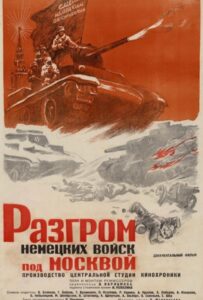
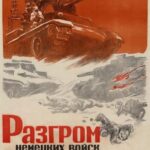
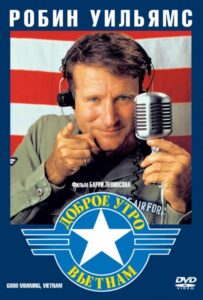
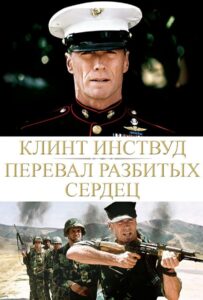
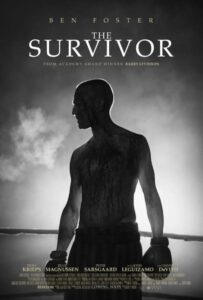
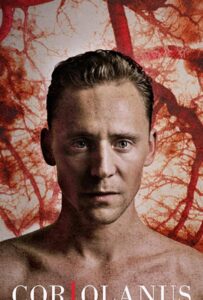
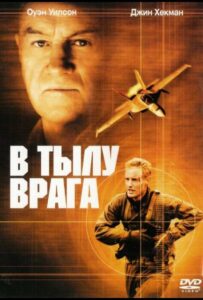

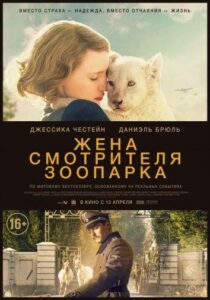
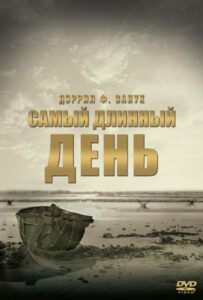
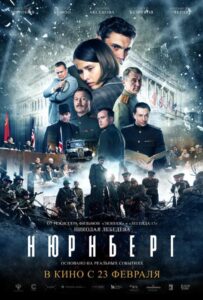
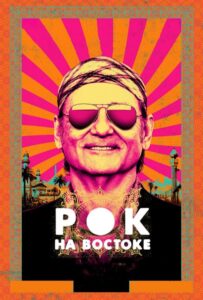
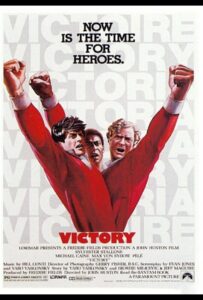


Оставь свой отзыв 💬
Комментариев пока нет, будьте первым!